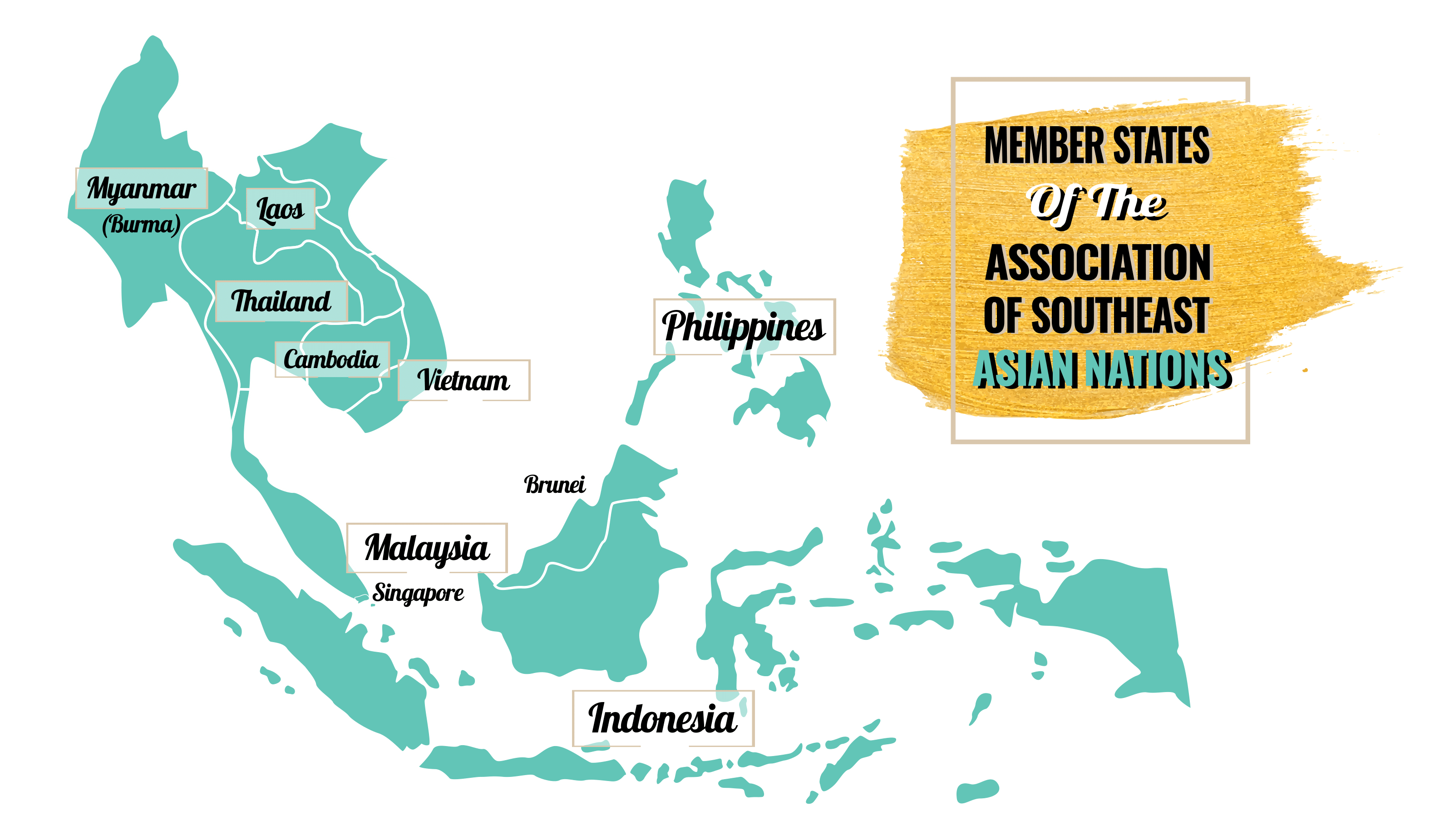
After the 1972 Stockholm Conference on the Human Environment, more attention was paid to environmental protection, but today ASEAN and its member states are firmly committed to the United Nations Sustainable Development Goals (SDGs). Livelihoods in the region depend heavily on agriculture, natural resources and forestry. But many are threatened by rising temperatures, declining rainfall and rising sea levels.
The organisation has acknowledged that natural disasters such as heat waves, droughts, floods and tropical cyclones are increasing in intensity and frequency due in no small part to past policies that prioritised economic development but paid little attention to environmental pollution. Sustainable development is, therefore, the only way forward for the countries of Southeast Asia.
The 2015 ASEAN Charter states that ASEAN is committed to ensuring sustainable development for the benefit of present and future generations and safeguarding its people's livelihood and well-being. The ASEAN Community Vision 2025 also emphasises that the region will focus on environmental protection, climate change adaptation and response, and green technologies and development for the present and the future. In the aftermath of the COVID-19 pandemic, ASEAN is increasingly focused on developing green infrastructure to sustainably recover from the pandemic, with a gradual transition from economic stabilisation to recovery and long-term growth.
As Southeast Asia is a very heterogeneous region with different levels of development — which significantly affects the implementation of the SDGs — the region still has a long way to go to become a true leader in sustainability, despite many positive initiatives.
The author is a senior research fellow at the Eurasia Center of John von Neumann University